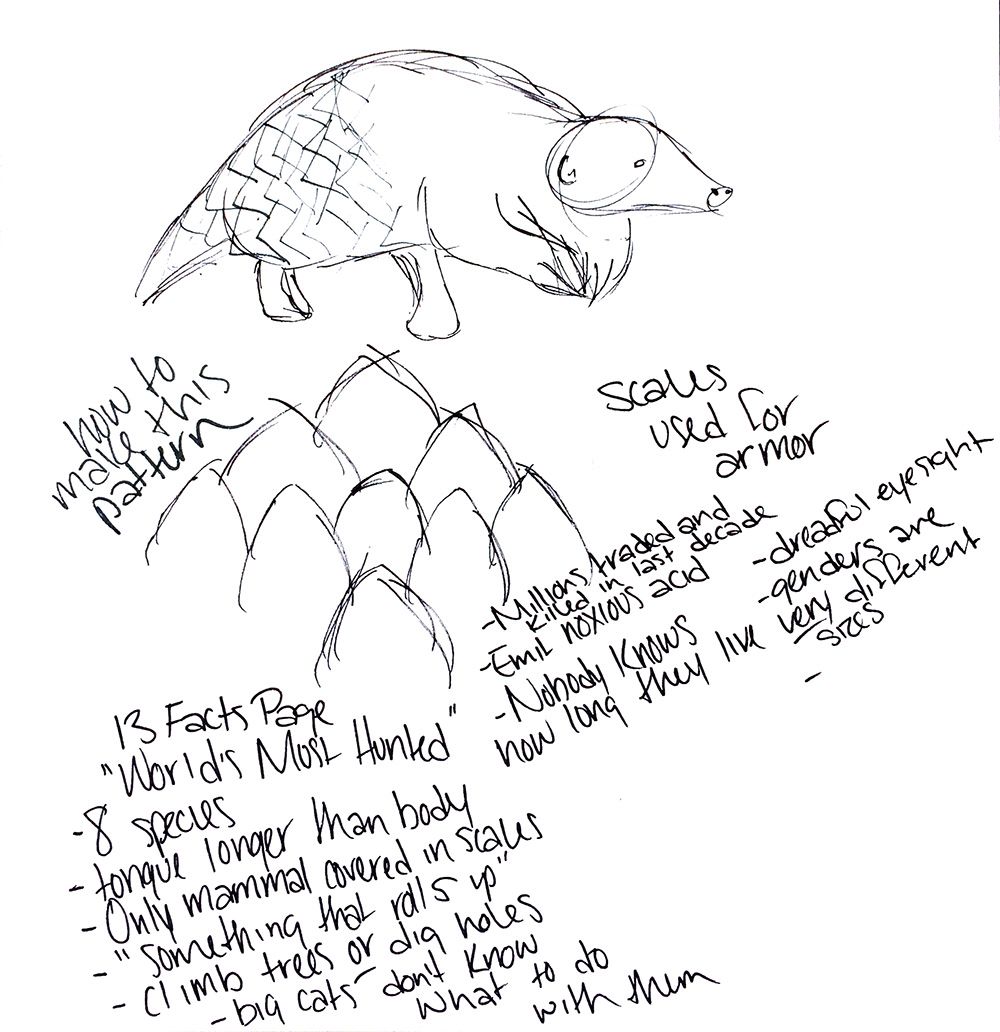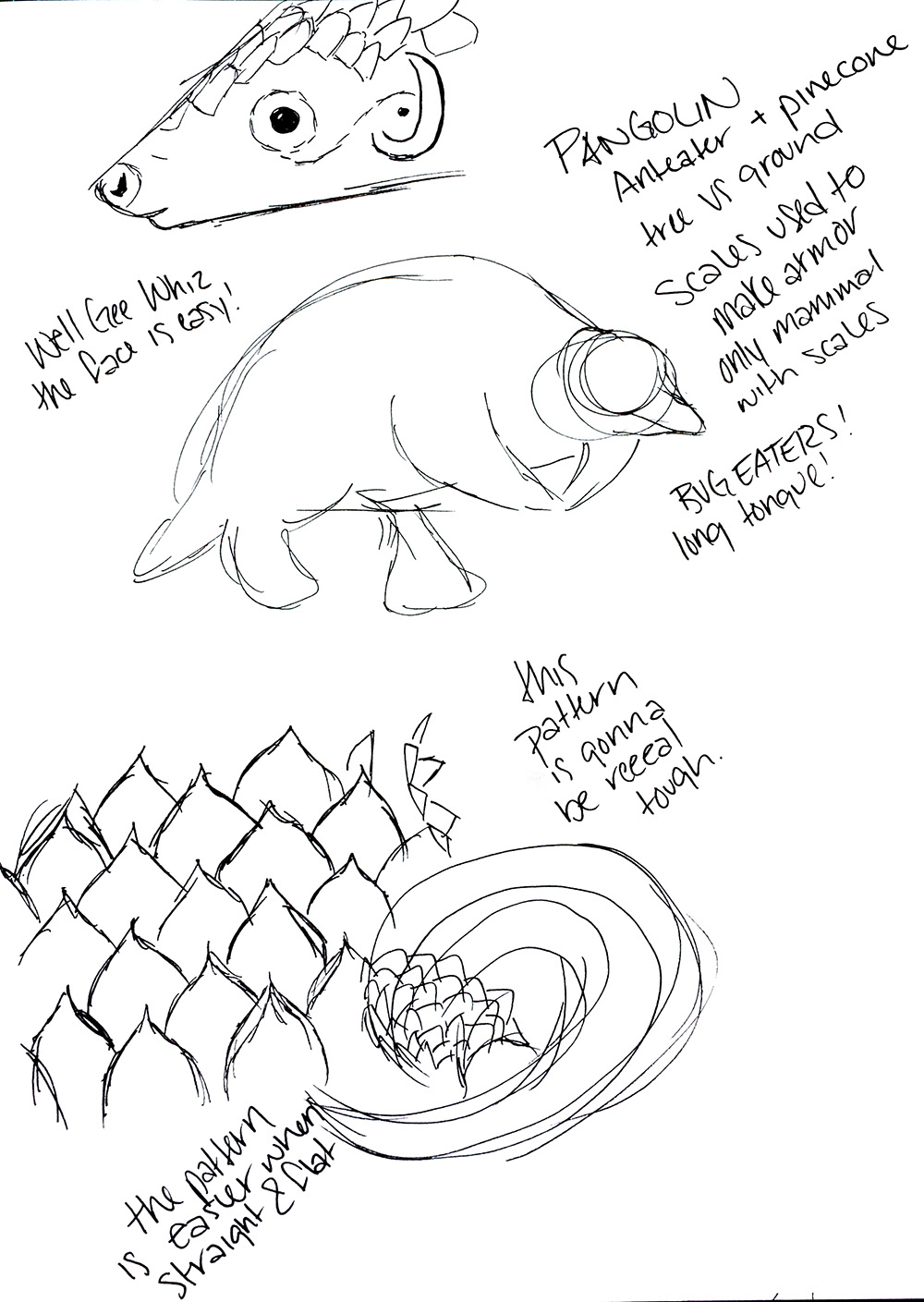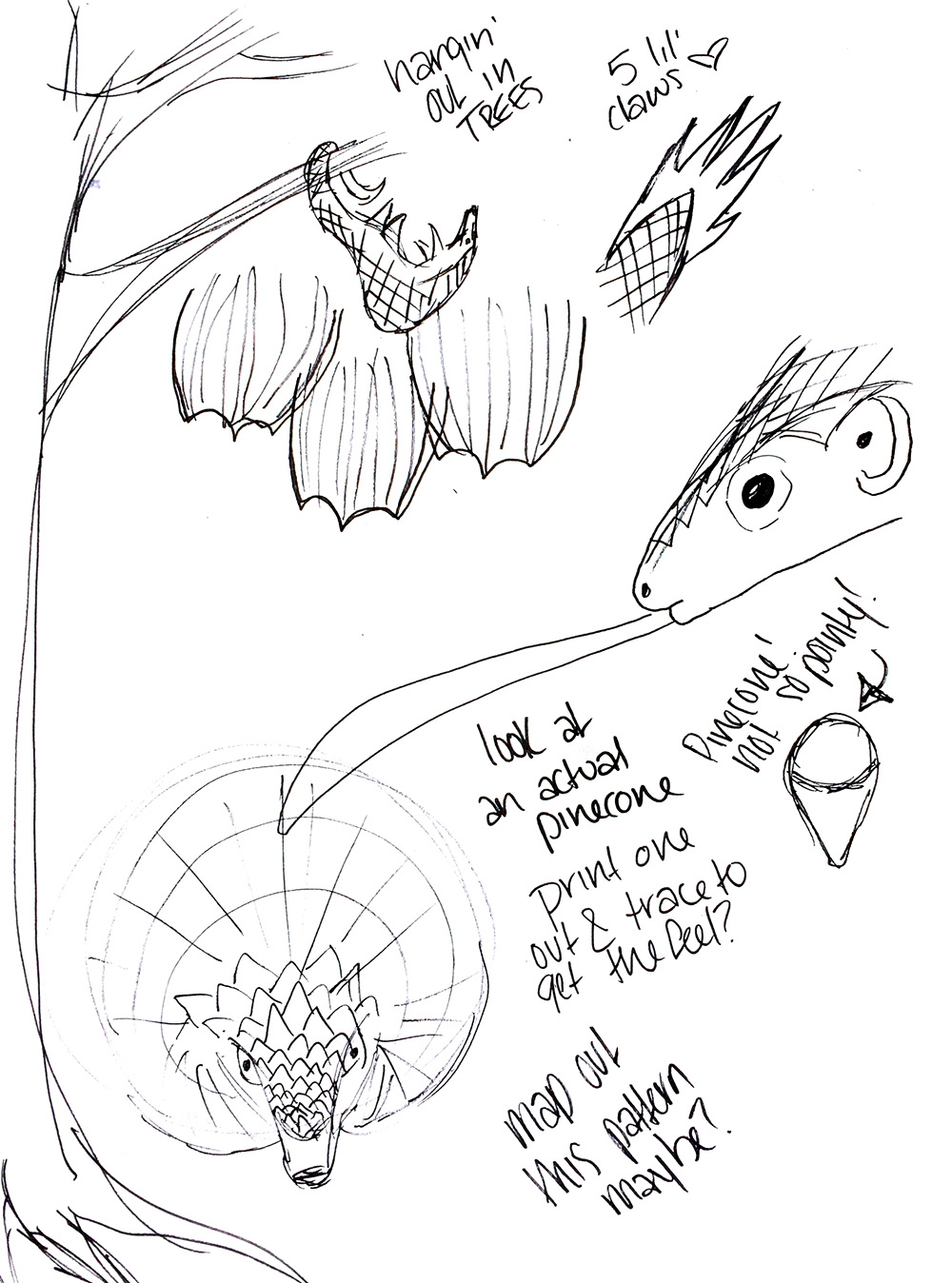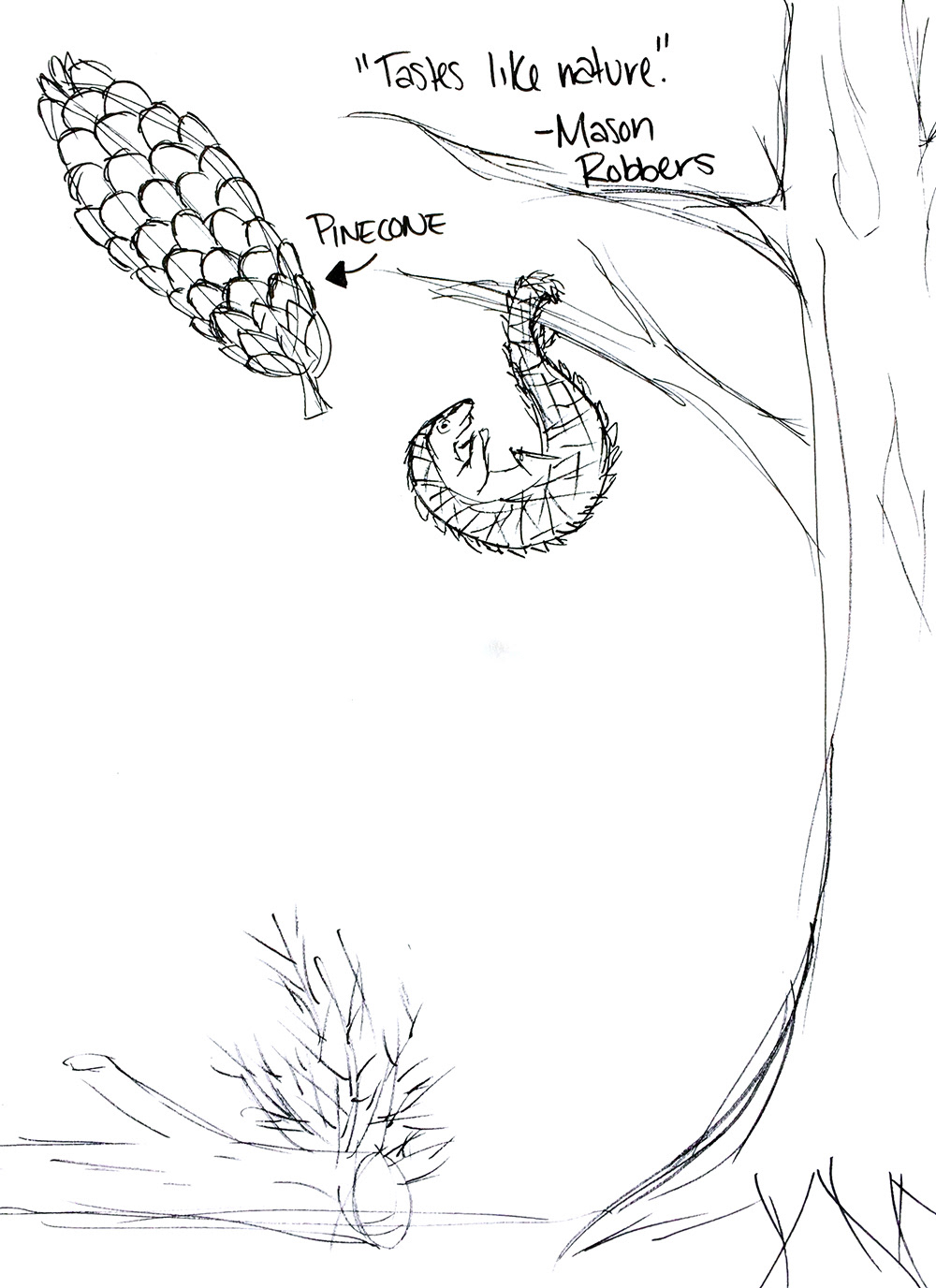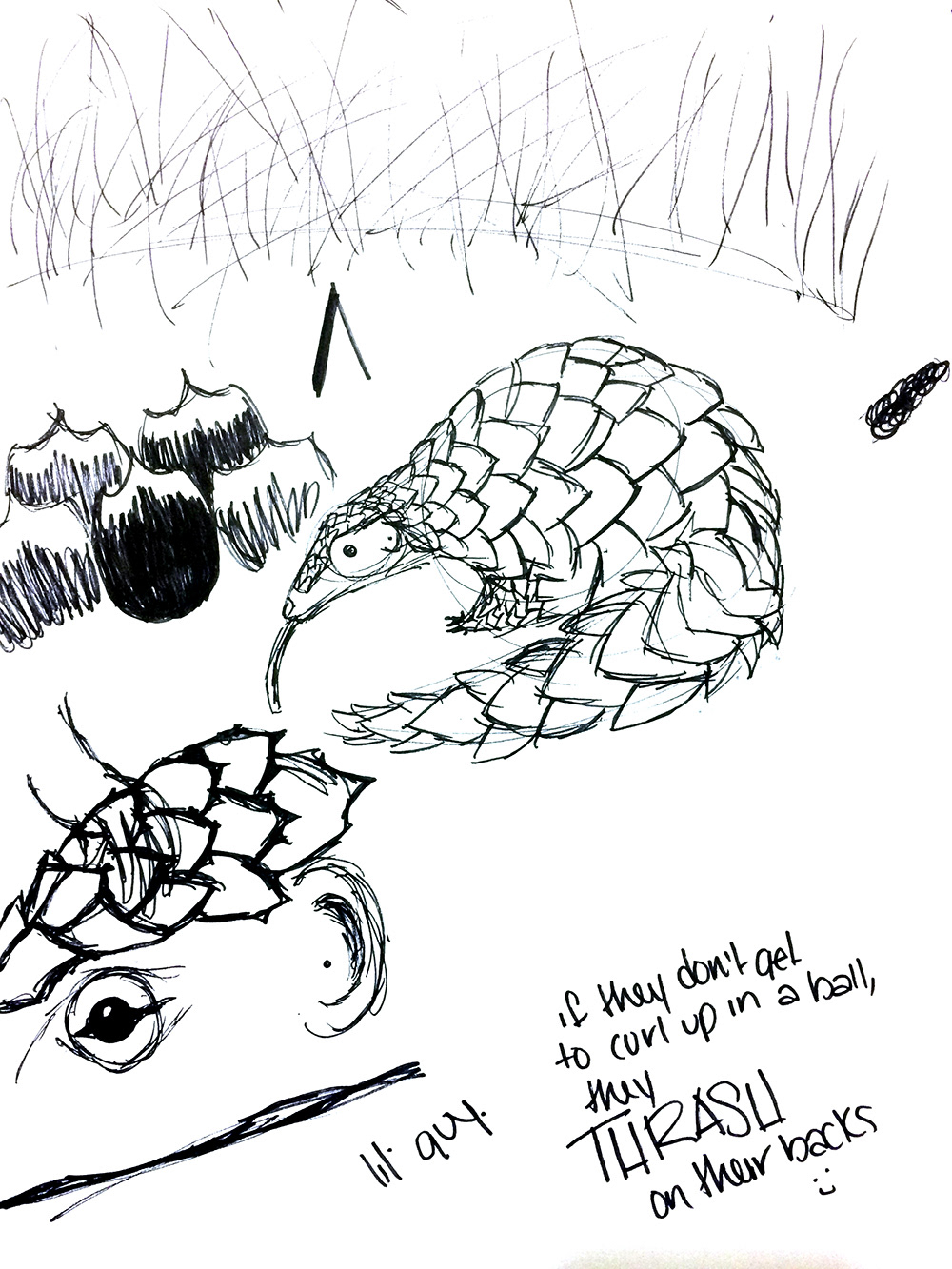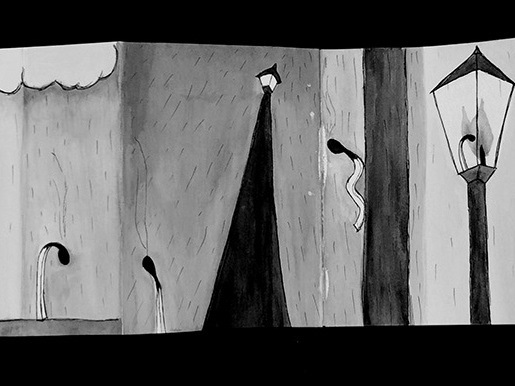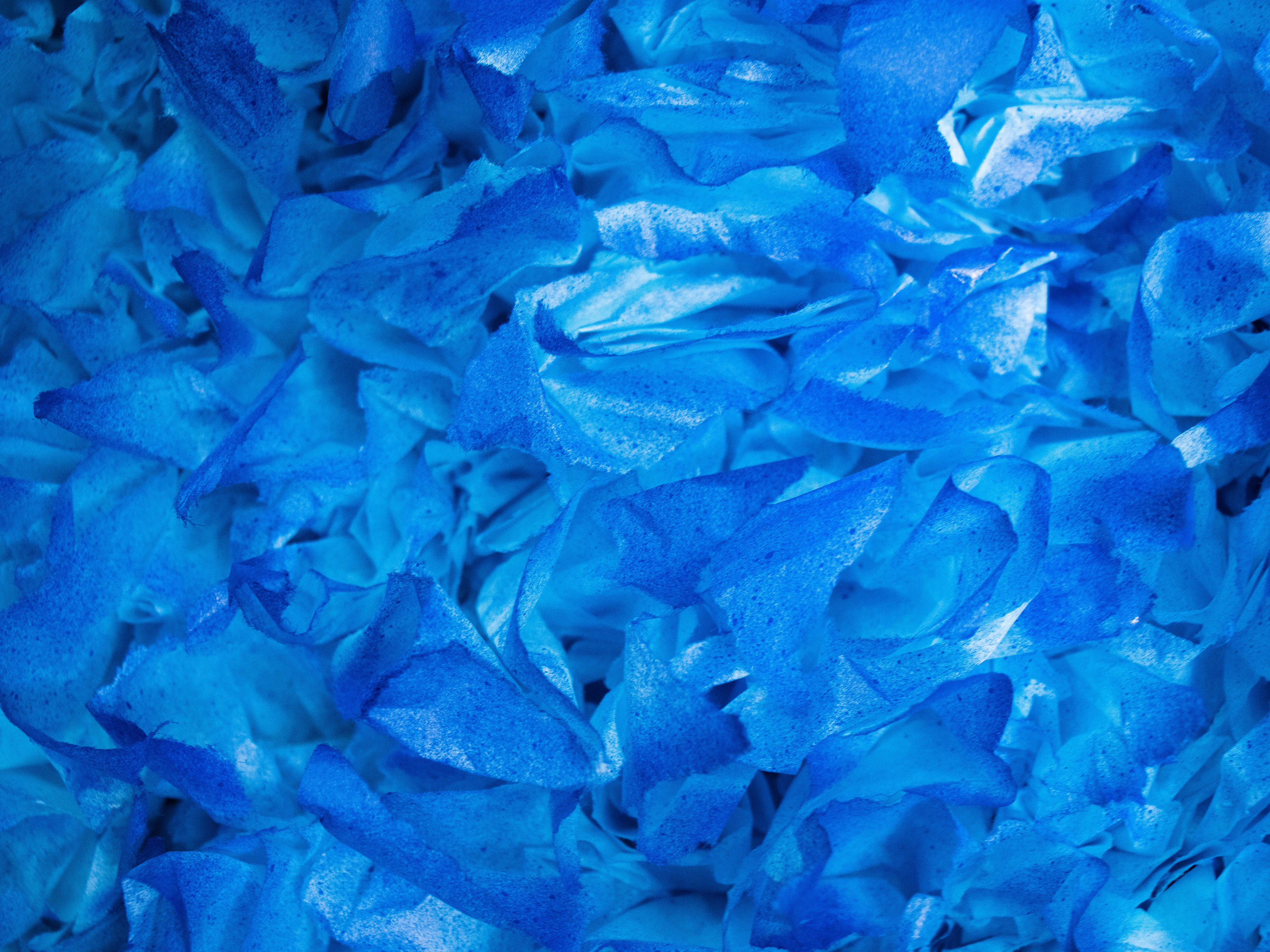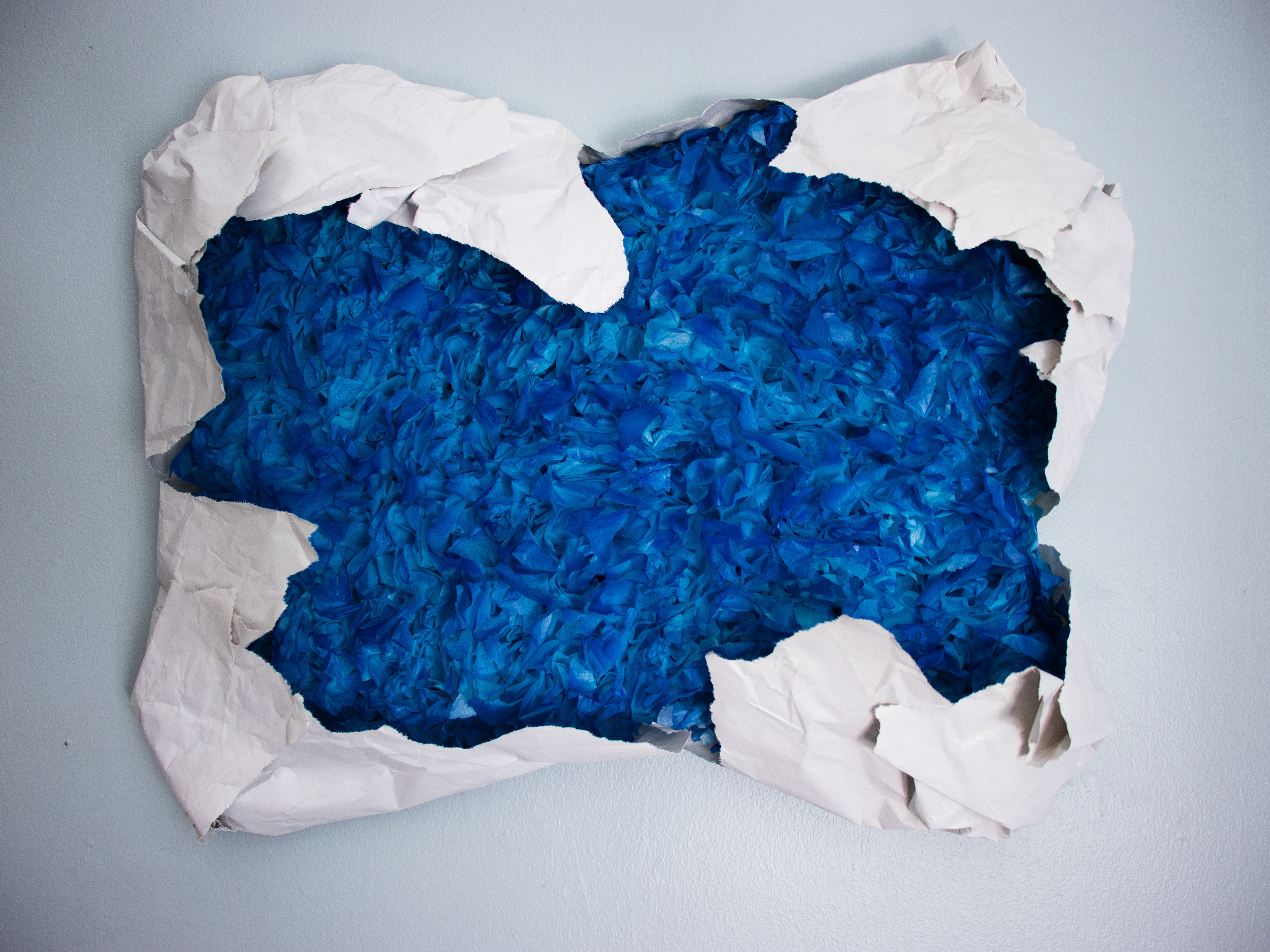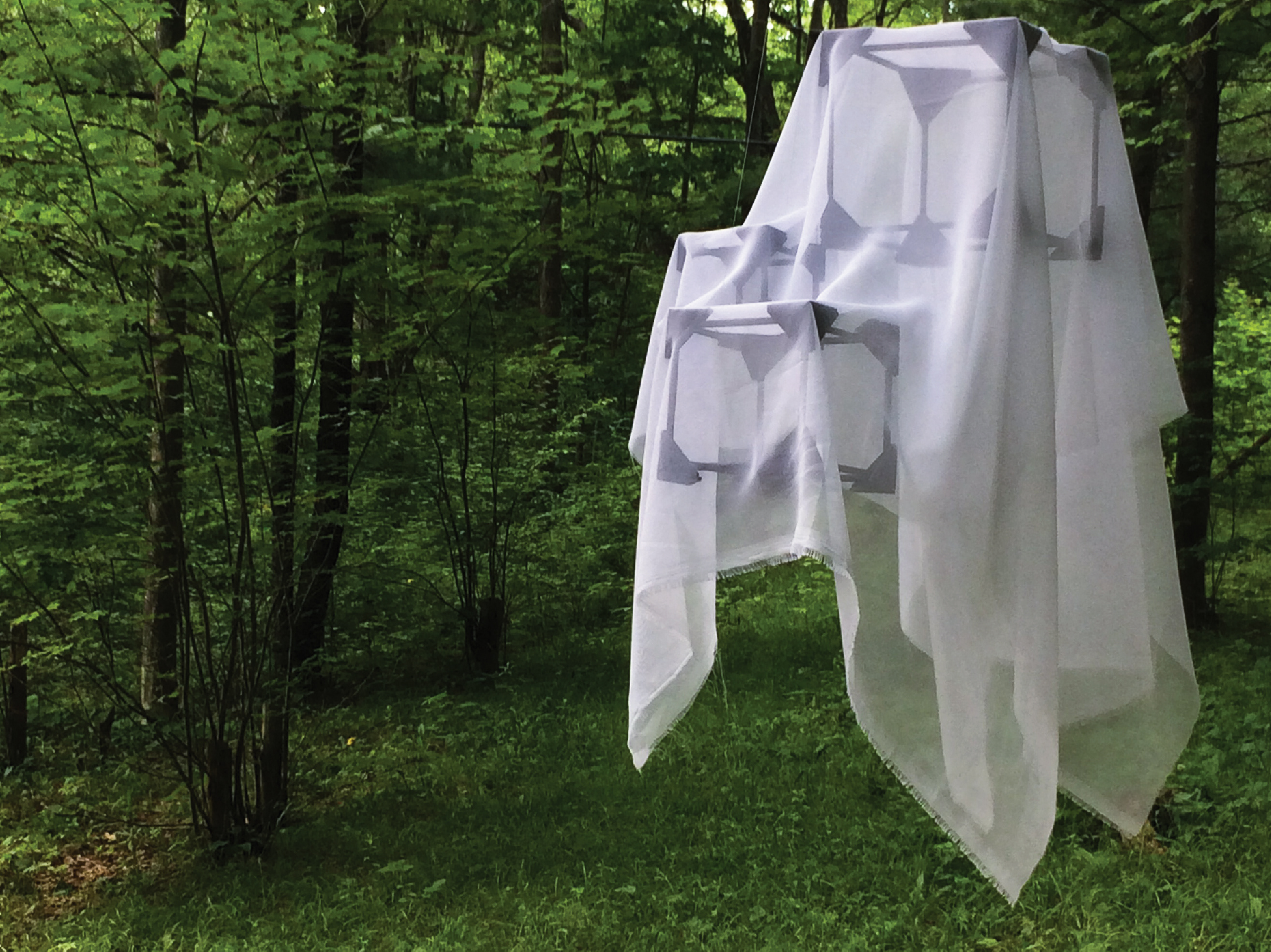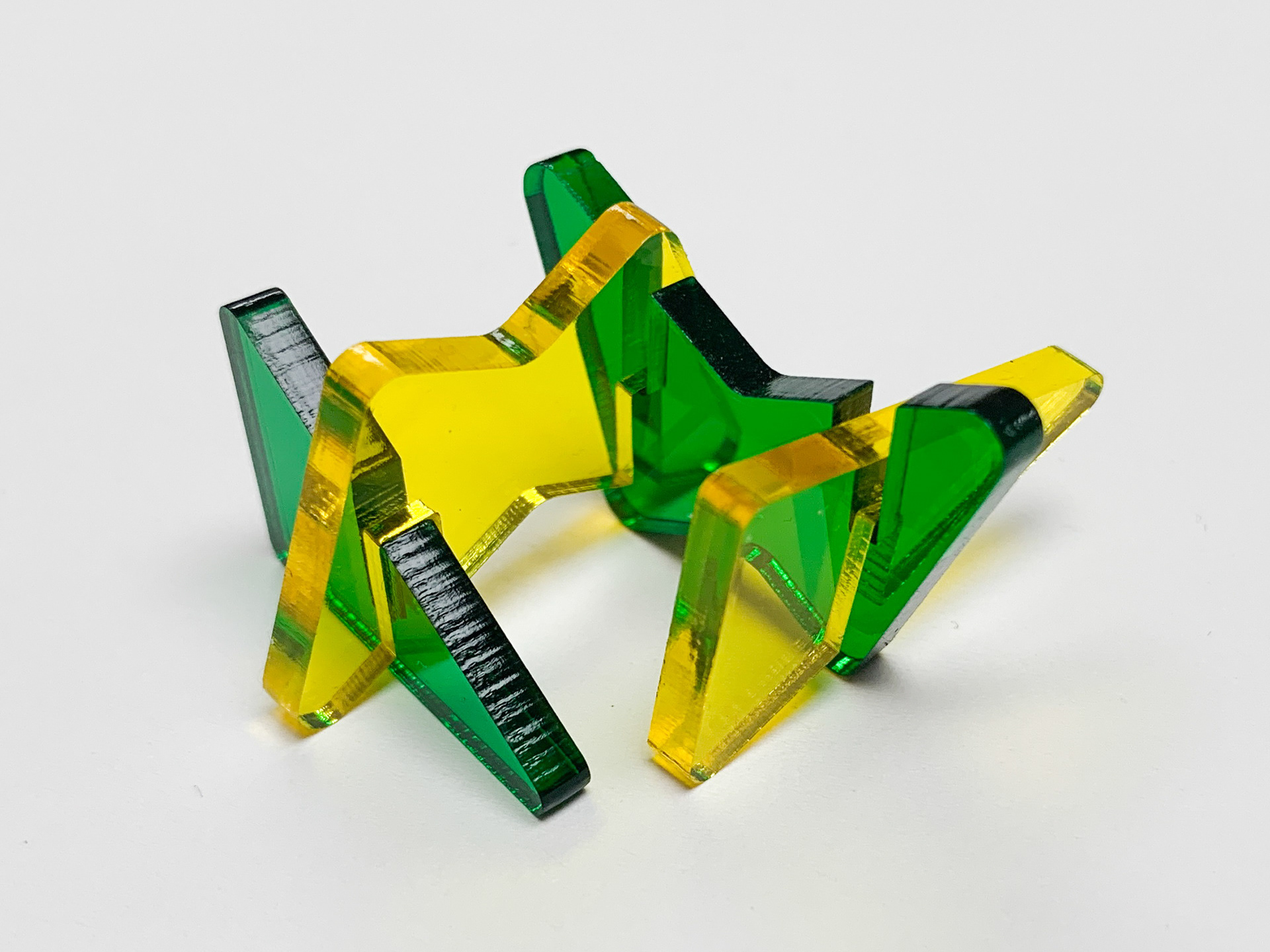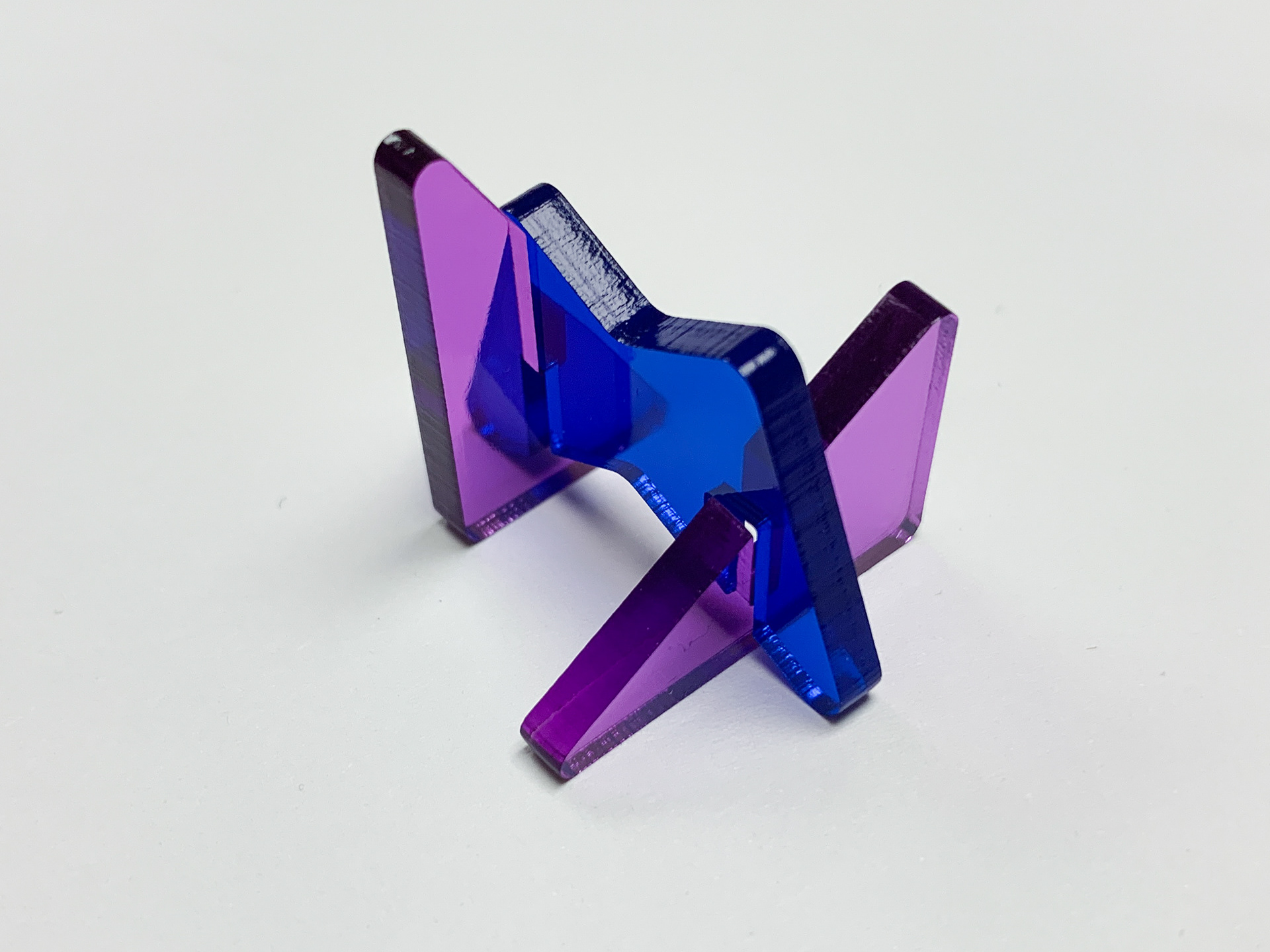This piece was used by Cassandra Keller to embroider onto a hoop. The artist's rendition is shown below:
The Pangolin is native to Africa, Vietnam, and some in the Philippines. They are endangered because they are the most poached animal in the world. Poachers are trapping and killing pangolins for their meat, which is considered a delicacy in some countries, and for their scales, which can be used to make armor and are also believed to be able to cure cancer.
While there are eight different species of Pangolin, the main difference is ground dwelling or tree dwelling. I chose the tree dwelling pangolin for this project. I decided to give the Pangolin a few things to help it get by in the wild.
The Pangolin is harmless to most, with its only prey being ants and a few other bugs, which would make the pangolin easy prey for a larger meat eating animal. However, even lions aren’t sure what to do with a pangolin. Their scales are so strong that even a lion can’t hurt a pangolin once it has curled into a ball. With their scales as protection, pangolins have nothing to fear in the wild, until poachers come along. All a poacher has to do is grab a pangolin by its tail and put it in a sack to kill later. While pangolins may have their strong scales and a spray similar to a skunk’s, it is not enough to stop a poacher.
In order to help my pangolin survive confrontation with a poacher, I decided to give it sharper, pointier, more harmful scales. This would make it more difficult to just grab and toss into a sack. I also thought it would be a good idea to make the scales camouflage so that poachers will have a harder time seeing it. In the case of a tree dwelling pangolin, I figured it would be best to make its scales look like leaves so that it might blend in with a tree, rather than just being brown. Since pangolins don’t have any teeth (instead they have teeth-like bones inside their stomachs that help them break down their food), I thought maybe it would be a good idea to give my pangolin teeth or fangs so that it could bite a poacher and hopefully prevent him or her from grabbing it by the tail.
The pattern of the Pangolin’s scales took some studying and practice. I knew this pattern would be a difficult challenge which was one of the reasons I chose the pangolin for this project. I even went outside to find a pinecone to use as a reference for the pattern. Gesture drawing was also a very large and important step in this drawing process, because once I had figured out what shapes make up the Pangolin form, I was able to shift my pangolin into any pose I deemed necessary, which turned out to be hanging upside down from a tree. I chose this pose because the upside down pangolin hanging from a tree branch created a lovely, almost framed, composition, letting the viewers eyes bounce around the page off of my pangolin’s big belly. I used the pattern of a leaf to create the camouflage effect on the scales so that the idea of the camouflage would be present, even in a black and white format. I used lines to create the texture of the bark on the tree, and I personally feel as though the roundness of my tiny, little, ants on the tree contrast the large, lined, texture of the tree.
Provided below are my many preliminary sketches and my file management:
